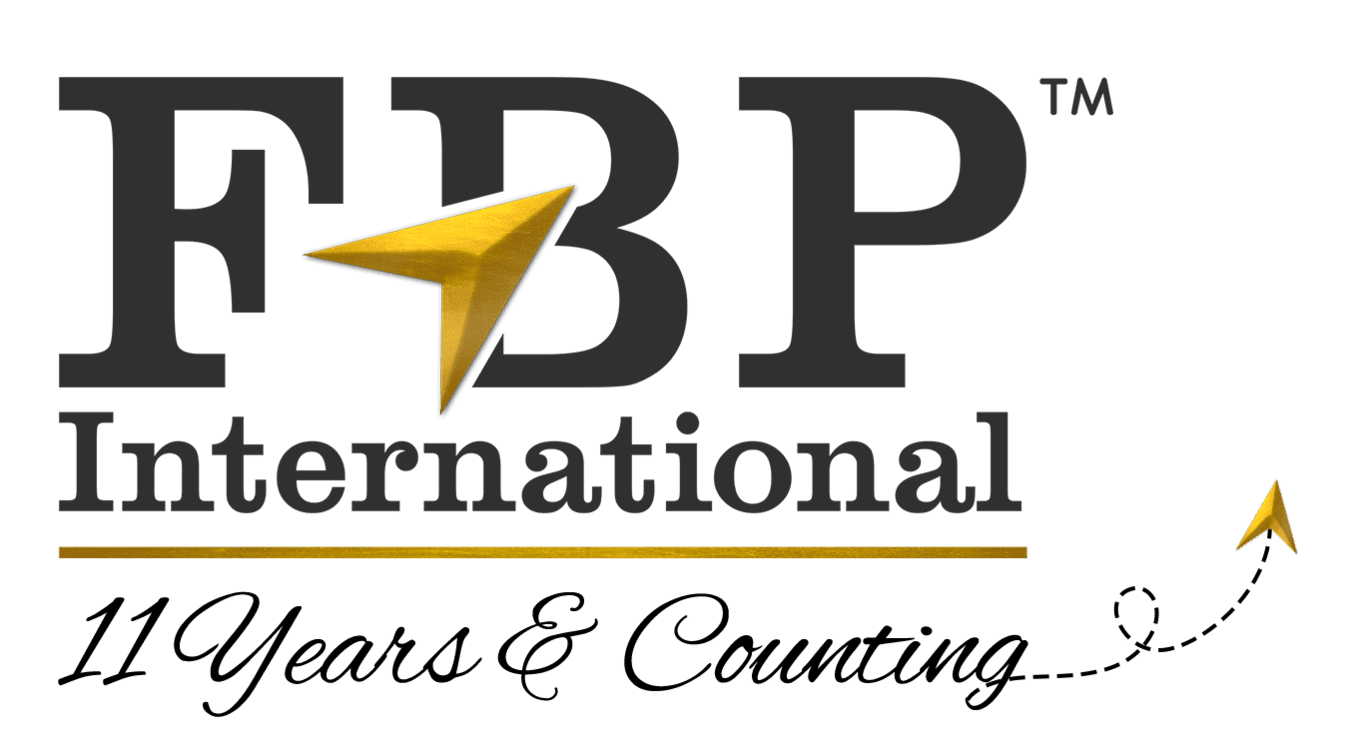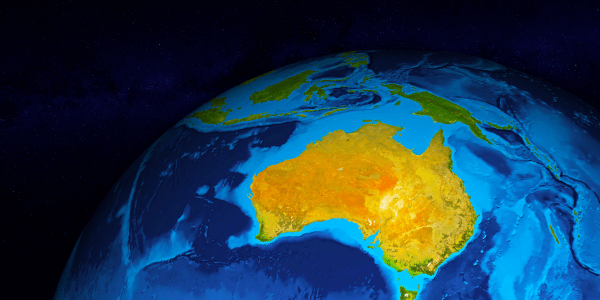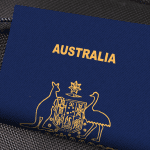Australia is an island that borders three of the world’s oceans: the Indian Ocean, Pacific Ocean, and the Southern Ocean. The country is in the southern hemisphere and has a total area of 7,617,930 square kilometers (2,966,152 sq mi). It has a coastline of 6,828 kilometers (4,087 mi) and shares land borders with New Guinea to the north; Indonesia and East Timor to the east; Papua New Guinea and Vanuatu to the southeast; and New Zealand to the south.
The Australian plate is separated from other plates by faults or subduction zones. The Pacific Plate Boundary along the eastern coast of Australia, the Australian plate is in contact with the Pacific plate. This boundary is characterized by a convergent boundary, where the Pacific plate is subducting beneath the Australian plate. It gives rise to the formation of the Great Dividing Range and various volcanic activities. The Indian-Australian Plate Boundary along the northwestern coast of Australia, the Australian plate is in contact with the Indian plate. This boundary is mainly a transform boundary, where the two plates slide past each other horizontally. The movement along this boundary has resulted in the formation of several major faults, including the well-known Great Australian Bight Fault.
The Australian-Antarctic Plate Boundary to the south of Australia, the Australian plate meets the Antarctic plate. This boundary is primarily a divergent boundary, where the two plates move away from each other, leading to the opening of the Southern Ocean. These tectonic boundaries and the associated fault lines contribute to Australia’s geological activity, including earthquakes, volcanic activity, and the formation of mountain ranges. The Indian Ocean plate lies to the east of Australia and the Pacific plate lies to its west.
Australia is 16 times larger than Texas or twice as large as Japan. It has a population of more than 22 million people (with an average age of 35 years), which makes it one of the most densely populated countries in the world. With its 17 states and two territories, Australia is divided into six main regions: Tasmania, Northern Territory, Queensland (state), South Australia (state), Victoria (state), Western Australia (state) and New South Wales/ACT (state)
Australia is surrounded by three major oceans: the Indian Ocean to the west and northwest, the Pacific Ocean to the east and northeast, and the Southern Ocean to the south. These three oceans meet at different points along the Australian coastline. The Cape Leeuwin in Western Australia is where the Indian Ocean meets the Southern Ocean. It is a prominent cape located at the southwestern tip of Australia, near the town of Augusta. The meeting of these two oceans at Cape Leeuwin is significant and marks the transition from the Indian Ocean to the Southern Ocean. This area is known for its rugged coastline, strong ocean currents, and diverse marine life. Another significant point is Cape York Peninsula in Queensland, which is the point where the Pacific Ocean meets the Indian Ocean.
The Indian Ocean borders the western and northwestern coast of Australia. It stretches from the west coast of Australia to the eastern coast of Africa, including the Arabian Sea and the Bay of Bengal. The Pacific Ocean borders the eastern coast of Australia. It is the largest and deepest ocean on Earth, extending from the Arctic Ocean in the north to the Southern Ocean in the south. It is the southernmost ocean in the world and is defined as the waters extending from the coast of Antarctica to 60 degrees south latitude.
The oceans surrounding Australia have profound influences on various aspects of the country, ranging from climate and biodiversity to trade and economic activities.




